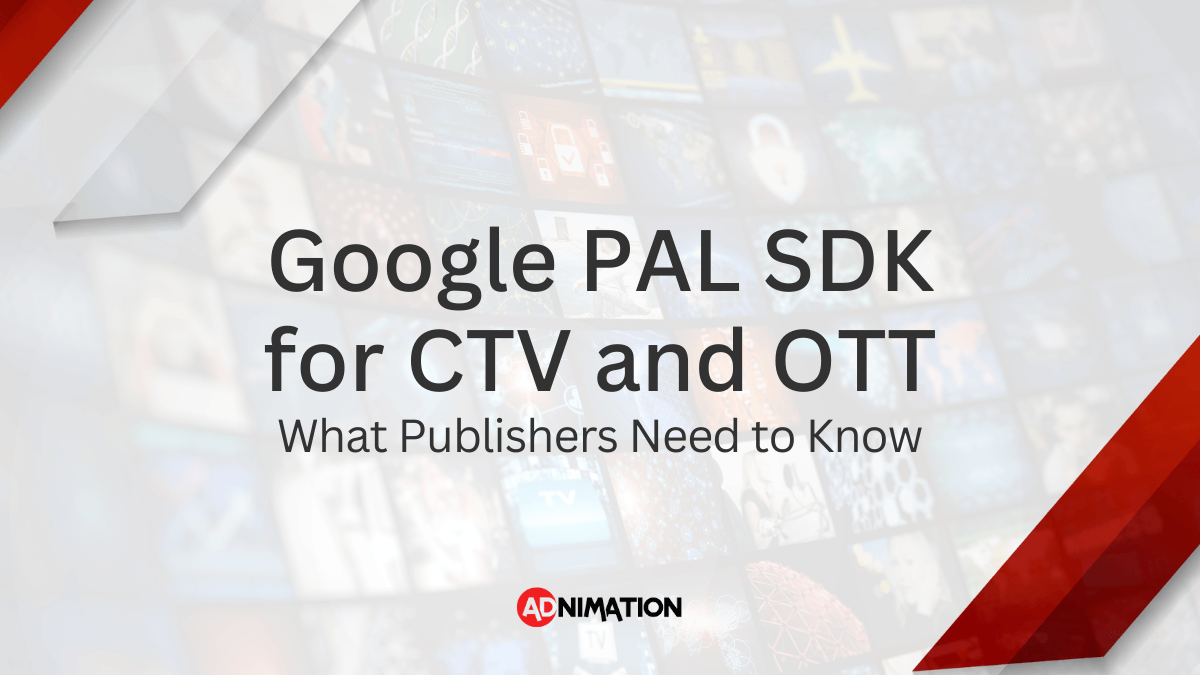The world of ad tech is filled with a plethora of confusing acronyms. But don’t worry, we’re here to simplify things for you.
In this article, we’ll delve into demand-side platforms (DSPs): what they are, how they work, and what publishers need to know about them.
What is a Demand-Side Platform?
A demand-side platform (DSP) is a technology platform that enables advertisers to buy and manage online advertising space in an easy, automated, and data-driven manner.
DSPs use programmatic technology to access ad inventories from various ad exchanges and networks, and then use real-time bidding (RTB) to bid on ad inventory.
They provide advertisers with advanced targeting options, such as demographics, location, interests, and behavior, and the ability to optimize campaigns using machine learning algorithms.
To make a long story short, a DSP is a tool used by advertisers and media buying agencies to reach their target audience in the best possible way.
DSPs vs SSPs: What’s the Difference?
While DSPs and SSPs are both programmatic advertising technologies, there are some key differences between them. The main difference lies in their function and the parties they serve.
A DSP, as noted above, is used by advertisers and agencies to buy and manage ad inventory.
SSPs, on the other hand, are used by publishers to sell their ad inventory programmatically. SSPs allow publishers to manage and optimize their inventory, set floor prices, and control who can buy their inventory.
In short, DSPs are used by advertisers to buy ad inventory, and SSPs are used by publishers to sell their inventory.
DSPs and SSPs work together to create a programmatic advertising ecosystem, where advertisers and publishers can connect and transact in a more efficient and targeted manner.
How Do DSPs Work?
Think of DSPs as the platform that connects advertisers to you, the publisher.
Both you and advertisers need a way to connect to ad exchanges in order to engage in real-time bidding. Publishers do so via an SSP, while advertisers do so through a DSP.
Here’s how DSPs work:
- Campaign setup – The advertiser sets up a campaign on the DSP, specifying the budget, targeting parameters, and other details.
- Connection –The DSP connects to ad exchanges and networks, such as Google AdX, to access ad inventory.
- Real-time bidding – The DSP uses real-time bidding to bid on ad inventory based on the targeting parameters set by the advertiser.
- Evaluation – The DSP uses algorithms to evaluate each ad impression and determine its value based on factors such as the likelihood of a user clicking on the ad or completing a desired action.
- Ad delivery – If the DSP wins the bid, the ad is delivered to the user in real-time.
- Optimization – The DSP uses algorithms to optimize the campaign in real-time based on performance data, such as clicks, conversions, and impressions.
Types of DSPs
- Self-Serve DSP
- Full-Service DSP
- Mobile DSP
Self-Serve DSP
A self-serve DSP gives advertisers full control over the ad buying process.
It is relatively simple to use, and is geared toward small and medium-sized advertisers who prefer to manage their ad campaigns in-house.
Self-serve DSPs offer a user-friendly interface and do not require any minimum spend or long-term contracts.
Full-Service DSP
These DSPs are designed for larger advertisers or agencies who require a more comprehensive and personalized approach to their ad campaigns.
Full-service DSPs offer dedicated account management, advanced targeting options, and custom reporting.
Mobile DSP
These DSPs specialize in mobile advertising, providing advanced targeting options for mobile devices, such as location, device type, and mobile app usage.
Benefits of a DSP for Publishers
Publishers benefit greatly from DSPs as they gain access to a much larger pool of potential advertisers. With DSPs, advertisers are provided with an automated and streamlined process, which enables publishers to tap into a wider range of advertisers.
This increased competition results in higher revenue for publishers.
Furthermore, DSPs provide advertisers with the ability to purchase various types of ad units, including display, video, mobile, and more. This enables publishers to sell their ad inventory across multiple platforms easily.
By using DSPs, publishers can diversify their ad inventory and optimize their revenue streams, making it a valuable tool for publishers in the highly competitive digital advertising landscape.
Take Your Ad Revenue to the Next Level with Adnimation
A Google Certified Publishing Partner (GCPP) and MCM/AdX Partner, Adnimation helps hundreds of publishers increase their ad revenue.
Feel free to reach out today for a free consultation.




